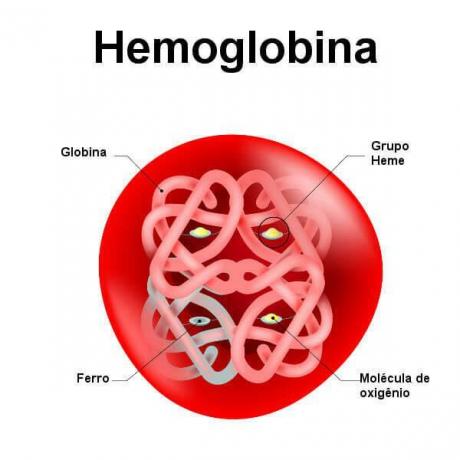Homeostasis or homeostasis is the process by which the organism maintains constant internal conditions necessary for life.
The term is applied to the set of processes that prevent variations in an organism's physiology.
Although external conditions are subject to variation, homeostatic mechanisms ensure that the effects of these changes are minimal for organisms.
In man and other mammals, homeostasis occurs in both isolated and integrated cells, in bodily fluids, tissues and organs. Thus, homeostasis occurs at the cellular and body level.
What factors affect homeostasis?
The ability to sustain life depends on the constancy of human body fluids and can be affected by several factors, such as:
- Temperature;
- Salinity;
- pH;
- Concentrations of nutrients such as glucose, gases such as oxygen and waste such as carbon dioxide and urea.
If these factors are out of balance, they can affect the occurrence of chemical reactions essential to keeping the body alive.
Therefore, it is necessary to keep all these factors within the desirable limits to maintain the physiological mechanisms.
Examples
We can summarize homeostasis as a body regulation mechanism, some examples are:
The stable composition of the blood is what makes it possible to maintain the invariability of the extracellular fluid. While the constant composition of this liquid protects each cell from the changes that occur in the external environment.
The circulatory system is essential for the maintenance of homeostasis, as it provides metabolites to tissues and eliminates unused products. It also acts on temperature regulation and the immune system.
Even so, the levels of substances in the blood depend on the control of other organs:
- Respiratory system and nervous system: regulate the level of carbon dioxide;
- Liver and pancreas: control the production, consumption and reserves of glucose;
- Kidneys: responsible for the concentration of hydrogen, sodium, potassium and phosphate ions;
- endocrine glands: control the levels of hormones in the blood;
- hypothalamus: receives information from the brain, nervous and endocrine systems, and the integration of all these signals makes it possible to control thermoregulation, energy balance and fluid regulation bodily.
Thermal Homeostasis
Thermal homeostasis consists of some mechanisms that the human body uses to keep its temperature constant. Are they:
- Trembling of skeletal muscles to produce heat when body temperature is too low;
- Sweat that evaporates and cools the body when the temperature is too high;
- Metabolism of the fat.
Also read about homeothermy.
Chemical Homeostasis
Chemical homeostasis are mechanisms used by the human body to maintain its chemical balance, such as:
- Pancreas produces insulin and glucagon to regulate blood glucose levels (blood glucose);
- Lungs absorb oxygen (O2) and eliminate carbon dioxide (CO2);
- Kidneys excrete urea and regulate water and ion concentrations.
Learn more, read also:
- Physiology
- Human Body Systems
- Human Body
- Characteristics of Living Beings


